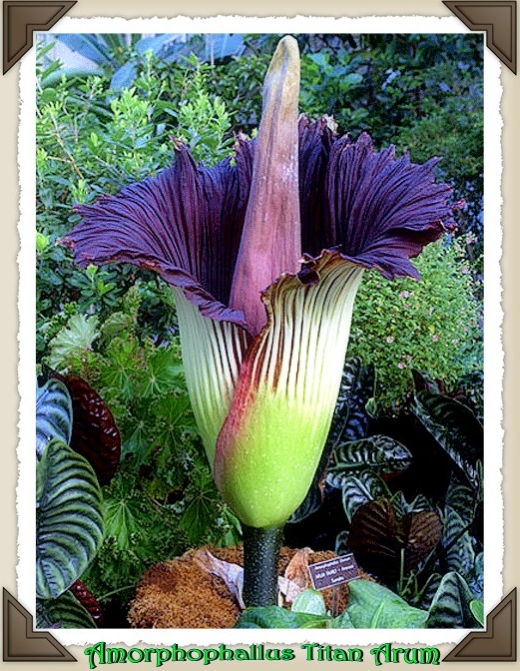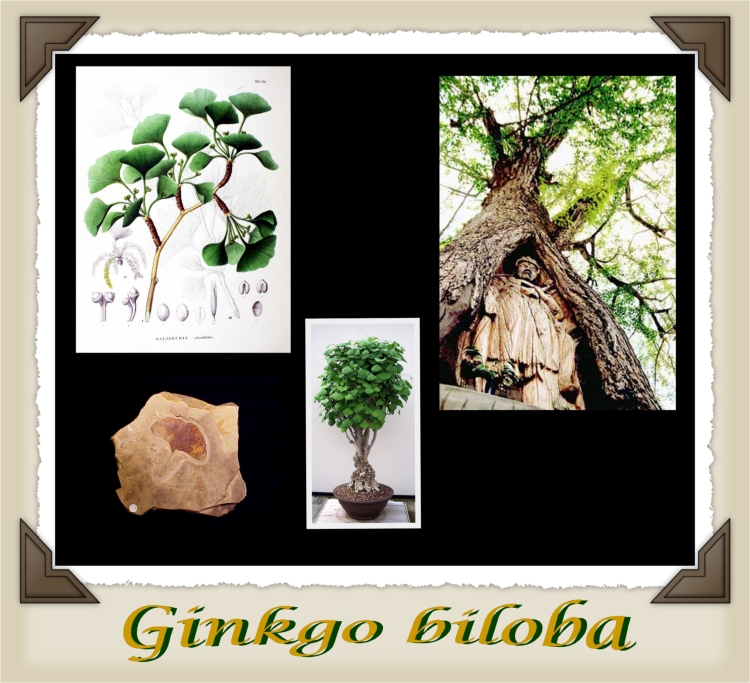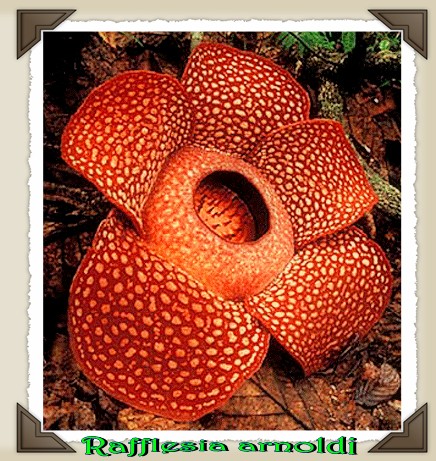Dear ReaderFor September, Nellie is offering a series of tropical plants. These are lush, colorful and will brighten up a site very nicely. You can find the plants in the Botanicus Jardin located in Yellow at 832.35n 929.645e 0.03a 90. Let me know if you have any flower requests and or questions. Send your requests to Little Nellies Garden. |

The Yellow Gazette, Vol.1 No.5 September 2010
 |
|
| "Cousin It" | Palm |
|---|---|
 |
 |
| Palm grove | Cardboard Fern |
 |
 |
 |
|
 |
A Titan Arum in bloom is as rare as it is spectacular. A plant can go for many years without flowering, and when it does the bloom lasts only one or two days. Some people travel around the world hoping to see a Titan at the moment it flowers. For botanists and the public, being "in the right place at the right time" to see one of these magnificent plants in bloom can be an once-in-a-lifetime treat. |
 |
The scientific name for these plants, Ginkgo biloba, is more commonly used than the common name,"maidenhair-trees." An alternate spelling is, "gingko biloba." Ginkgo biloba trees are broadleaf, deciduous trees. They are also dioecious. This is truly an ancient tree. The earliest fossils date back 270 million years ago to the Permian period. The dinosaur era (Jurassic period) was 213 million years ago so the Ginkgo tree already existed. Scientists thought that it had become extinct, but in 1691 the German Engelbert Kaempfer discovered the Ginkgo in Japan. The Ginkgos had survived in China and there they were mainly found in monasteries in the mountains and in palace and temple gardens, where Buddhist monks cultivated the tree from about 1100 AD for its many good qualities. From there it spread (by seed) to Japan (around 1192 AD with some relation to Buddhism) and Korea. Ginkgo-seeds were brought to Europe from Japan by Kaempfer in the early 1700's and in America later that century. Most of the earlier trees raised in Europe appear to have been males. The first recorded female tree was found near Geneva in 1814 of which scions were grafted on a male tree in the Botanic garden of Montpellier where the first perfect seed has grown. Now the tree grows in many countries all over the world as an ornamental tree. Note: The Chinese Ginkgo biloba survived essentially unchanged. |
 |
The flower with the world's largest bloom is the Rafflesia arnoldii. This rare flower is found in the rainforests of Indonesia. It can grow to be 3 feet across and weigh up to 15 pounds! It is a parasitic plant, with no visible leaves, roots, or stem. It attaches itself to a host plant to obtain water and nutrients. When in bloom, the Rafflesia emits a repulsive odor, similar to that of rotting meat. This odor attracts insects that pollinate the plant. |
 |
The Wollemi Pine is one of the world's oldest and rarest trees. It was discovered just 10 years ago by a bushwalker in a national park only 200km from Sydney, Australia's biggest city. It belongs in the plant family Araucariaceae but has distinctive features. However it has very different features from any known living pine. Its closest relatives are probably the extinct pines which were a dominant feature of the landscape of what is now Australia during the Jurassic and Cretaceous Periods - between 200 and 65 million years ago. These pines are known to us only from fossils. A majestic conifer with attractive, unusual dark green foliage and bubbly bark, the Wollemi Pine can grows up to 40 meters high in the wild with a trunk diameter of over one meter. The Pines can survive temperatures from 23-133°F (-5 to 45°C) and are expected to withstand even cooler temperatures. They are also responding well to low light indoor environments. The Wollemi Watch was a quarterly online newsletter for Wollemi Pine enthusiasts the world over. The name "Wollemi Watch" reflects the aboriginal meaning of the word Wollemi which translates to "watch out, look around you" and is also descriptive of the rugged wilderness of the Wollemi National Park where the Wollemi Pine was discovered. See http://www.wollemipine.com/watch/issue_14.php |
Downloading these plants
You can copy these plant pictures to your own area in Photobucket, or wherever you save pictures for building in AW. You can also see what's in the texture and object yards in Yellow that you can use. These tips apply for them too.
If you have any plants you would like donate to Little Nellie for use in Yellow (or elsewhere), you can send them to Little Nellie
Send all questions or comments to Little Nellie's Garden.